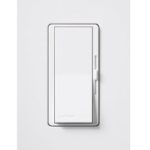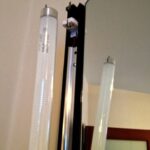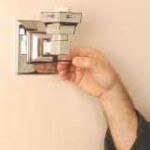Set the perfect mood! Learn how to effectively dim LED lights in your home using dimmable bulbs, compatible switches, or smart lighting solutions.
LED lights have revolutionized home lighting, offering energy efficiency, longevity, and versatility. In addition to saving considerable energy, one of the favored features of LED lights is the ability to adjust their brightness, allowing you to create the perfect ambiance for any occasion. Whether you want a soft glow for a relaxing evening or bright task lighting, dimming LED lights can make rooms more functional and enjoyable.
Just be aware that LED lights are very different from old-style incandescent lights—and dimming them is a completely different game. This guide will walk you through the different methods to dim your LED lights effectively and safely.
The Foundation: Using Dimmable LED Bulbs
For starters, not all LED bulbs are created equal—you’ll need dimmable LED bulbs. Standard, non-dimmable LEDs are designed to operate at a fixed voltage. Attempting to dim them with a traditional dimmer switch can lead to flickering, buzzing, reduced lifespan, or even damage to the bulb and the switch.
Before you even think about dimming, check the packaging or the specifications of your LED bulbs. Look for clear indications that they are “dimmable” or “LED compatible.” If the packaging doesn’t explicitly state this, the bulb probably isn’t designed to be dimmed. Buying dimmable LED bulbs is the crucial first step to achieving smooth and reliable dimming.
Installing a Compatible LED Dimmer
Traditional dimmer switches designed for incandescent and halogen bulbs often don’t work correctly with LEDs due to the lower power consumption and different electrical characteristics of LEDs. Using an incompatible dimmer is a primary cause of flickering and poor dimming performance.
Replace your existing standard light switch with a dimmer switch that is specifically designed and labeled as “LED compatible.” These dimmers are engineered to work with the lower voltage and current requirements of LED bulbs, for smooth and flicker-free dimming across a wider range of brightness levels. When purchasing an LED dimmer, check the manufacturer’s specifications to make sure it’s compatible with the type and wattage of the dimmable LED bulbs you intend to use.
Some LED dimmers also have adjustable settings that can further optimize dimming performance for specific bulbs.
If you are not comfortable working with electrical wiring, always hire a qualified electrician to install a dimmer switch.
Utilizing Smart LED Bulbs
To control brightness levels without the need for a traditional dimmer switch, you can also opt for smart LED bulbs. They provide lighting flexibility and can often be integrated with smart home systems.
Smart LED bulbs connect to your home’s Wi-Fi network and are controlled via a mobile app on your smartphone or through voice commands using a smart assistant (like Amazon Alexa, Google Assistant, or Apple HomeKit). The app typically provides a slider or other intuitive controls to adjust the brightness. Many smart bulbs also offer additional features like color changing, scheduling, and remote control. Simply install the smart bulbs in your existing fixtures and follow the manufacturer’s instructions to connect them to your Wi-Fi and control them through the app.
Built-In Control with Adjustable Fixtures
Adjustable fixtures are another option. Some modern LED light fixtures come with integrated dimming capabilities, eliminating the need for a separate dimmer switch or smart bulbs.
If your LED lights are part of a fixture, carefully examine the fixture itself (or its instruction manual) for any built-in controls. Some fixtures may have a small dial, button, or touch-sensitive area that allows you to adjust the brightness directly on the fixture. Refer to the manufacturer’s instructions for specific details on how to operate these adjustable fixtures.
Safety First: Compatibility is Key
Always prioritize safety and compatibility when dimming LED lights:
- Check compatibility. The most crucial step is making sure that your LED bulbs and dimmer switch (if using one) are specifically designed to work together. Incompatibility can lead to flickering, buzzing, reduced lifespan, and potential damage.
- Wattage ratings. Pay attention to the wattage ratings of both your LED bulbs and the dimmer switch. Be sure that the total wattage of the LEDs controlled by the dimmer does not exceed the dimmer’s maximum rating.
- Professional installation. If you are unsure about any electrical work, always hire a qualified electrician to install dimmer switches or make changes to your wiring.
Conclusion
Dimming LED lights is a simple way to enhance the ambiance and functionality of your home. By making sure you use dimmable LED bulbs and a compatible dimmer switch, or by opting for smart LED bulbs or adjustable fixtures, you can easily control the brightness of your lighting to suit any mood or task. Remember that compatibility is most important for safe and effective dimming, so always check the specifications of your lighting components and consult a professional if you have any doubts about electrical installations.
Also see: How to Install a Dimmer Switch



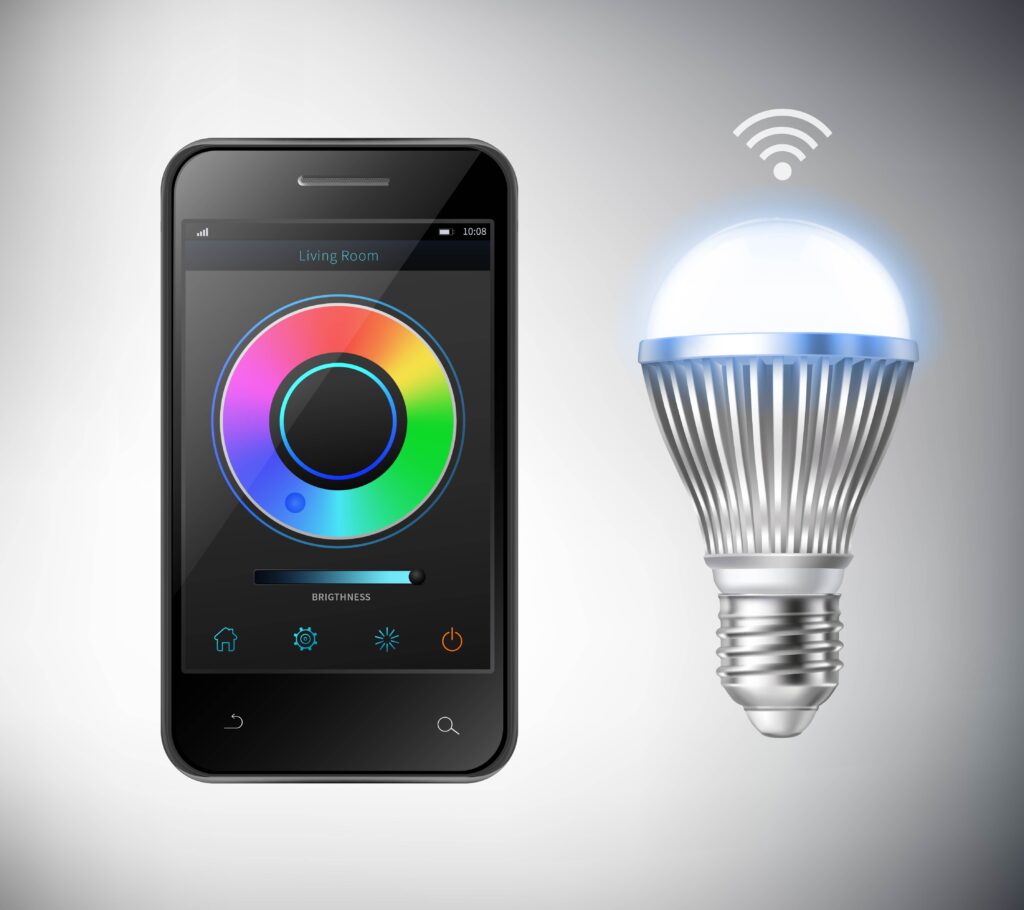


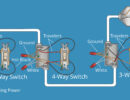
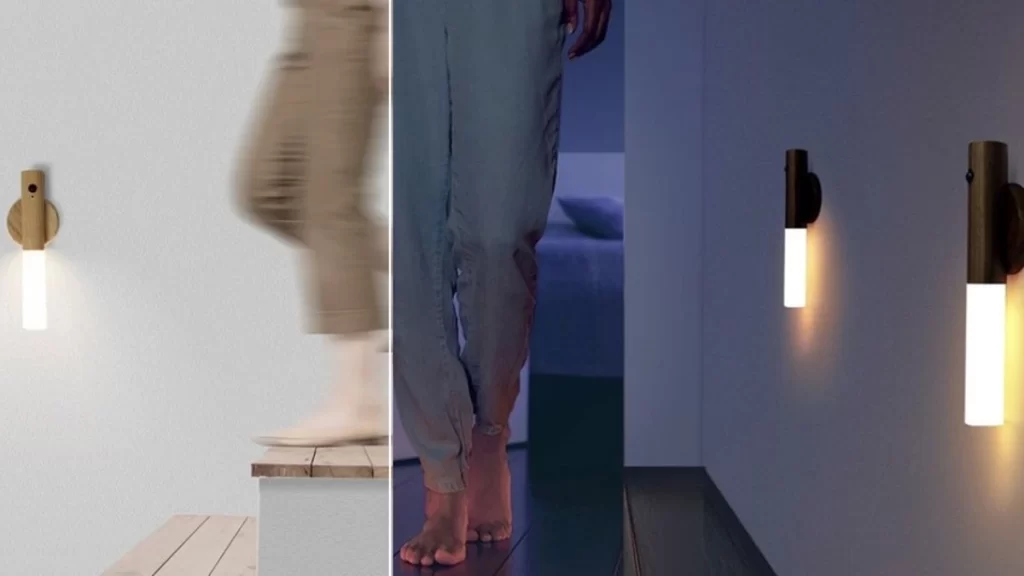
 Don Vandervort writes or edits every article at HomeTips. Don has:
Don Vandervort writes or edits every article at HomeTips. Don has:

